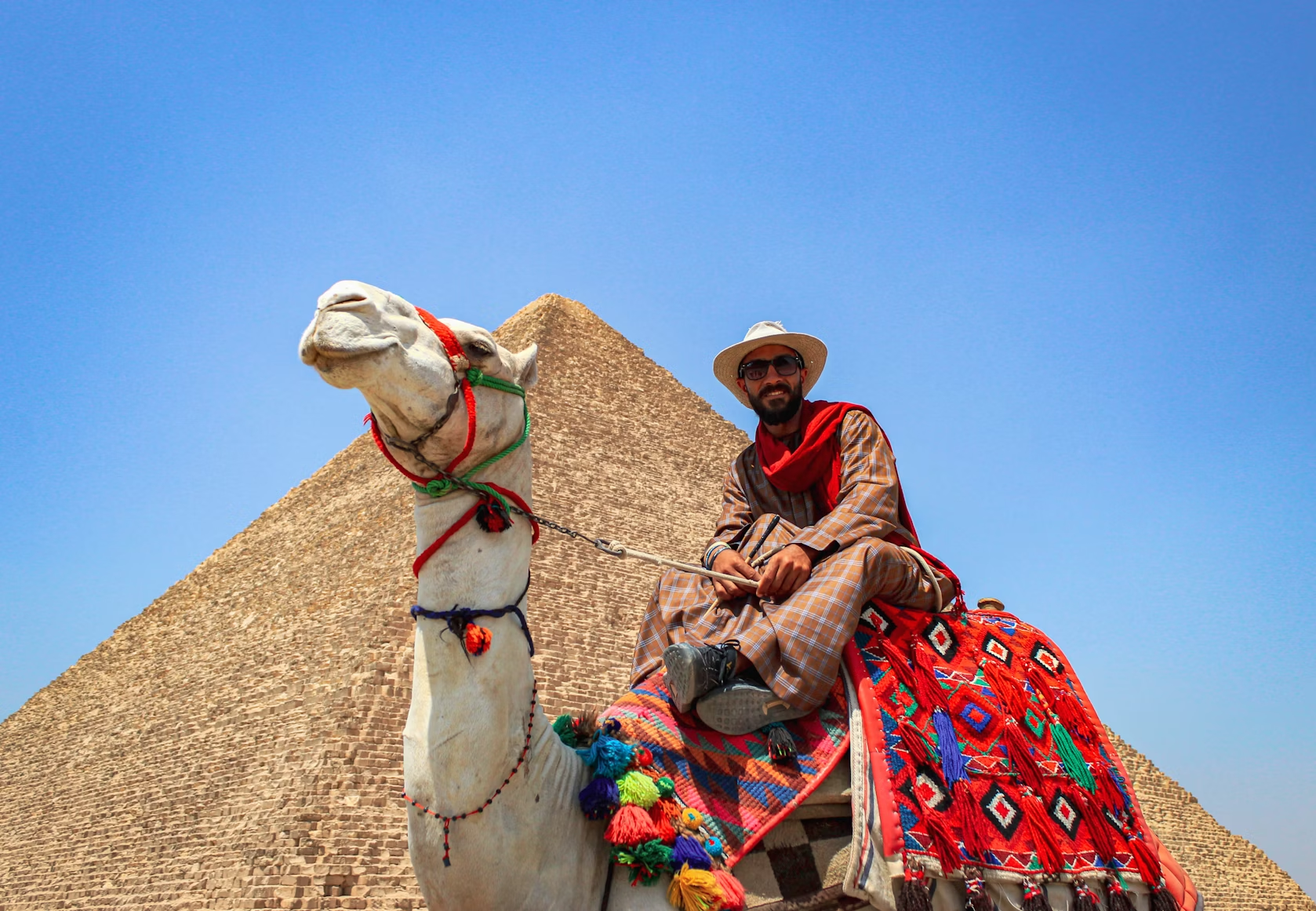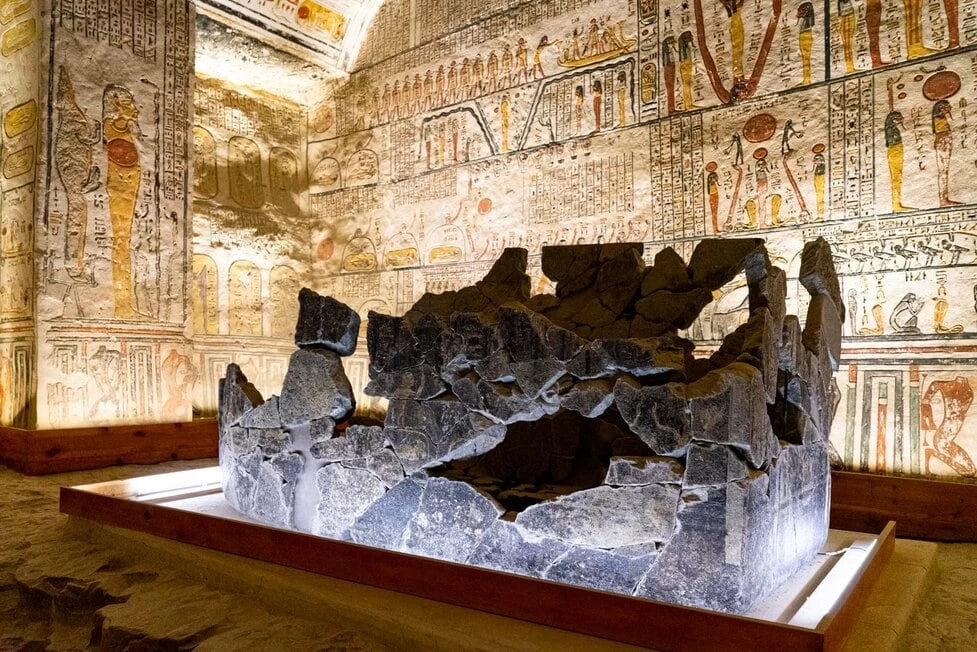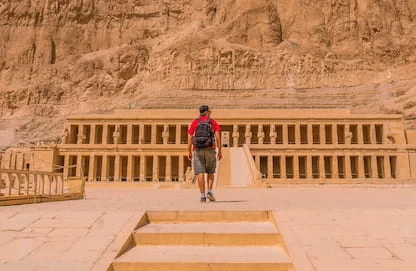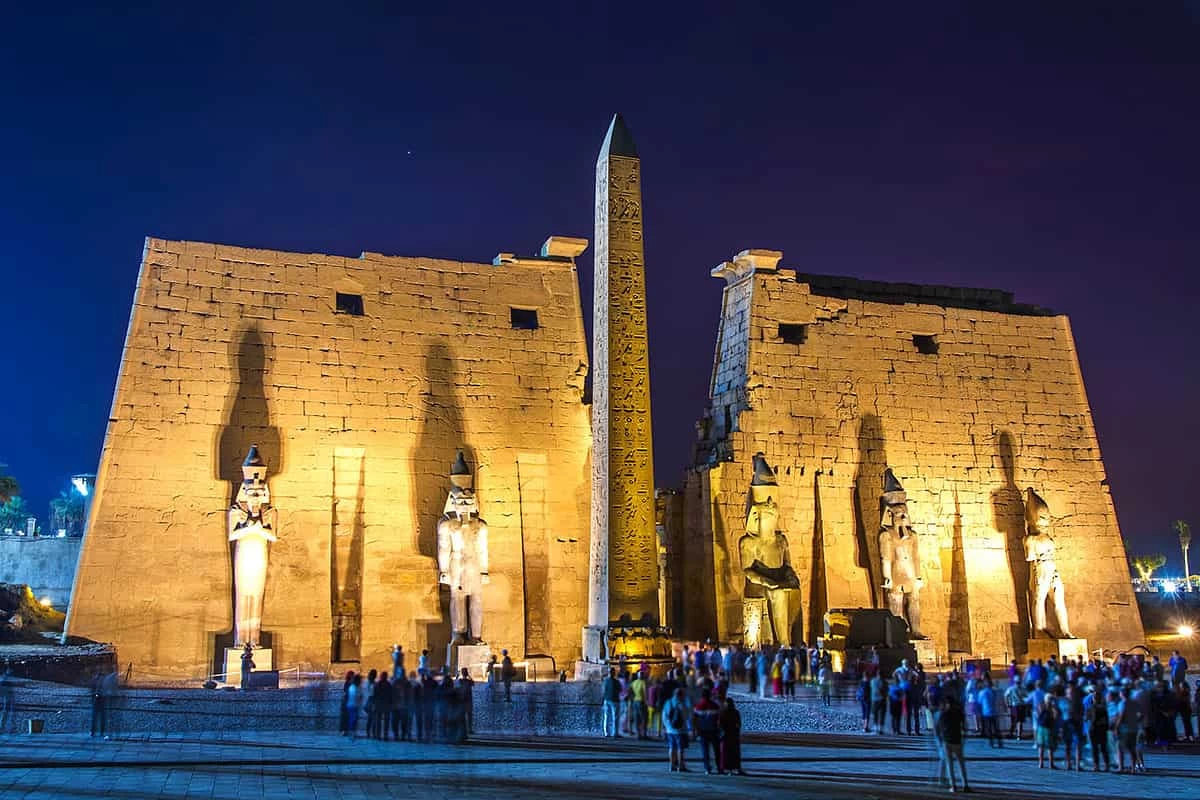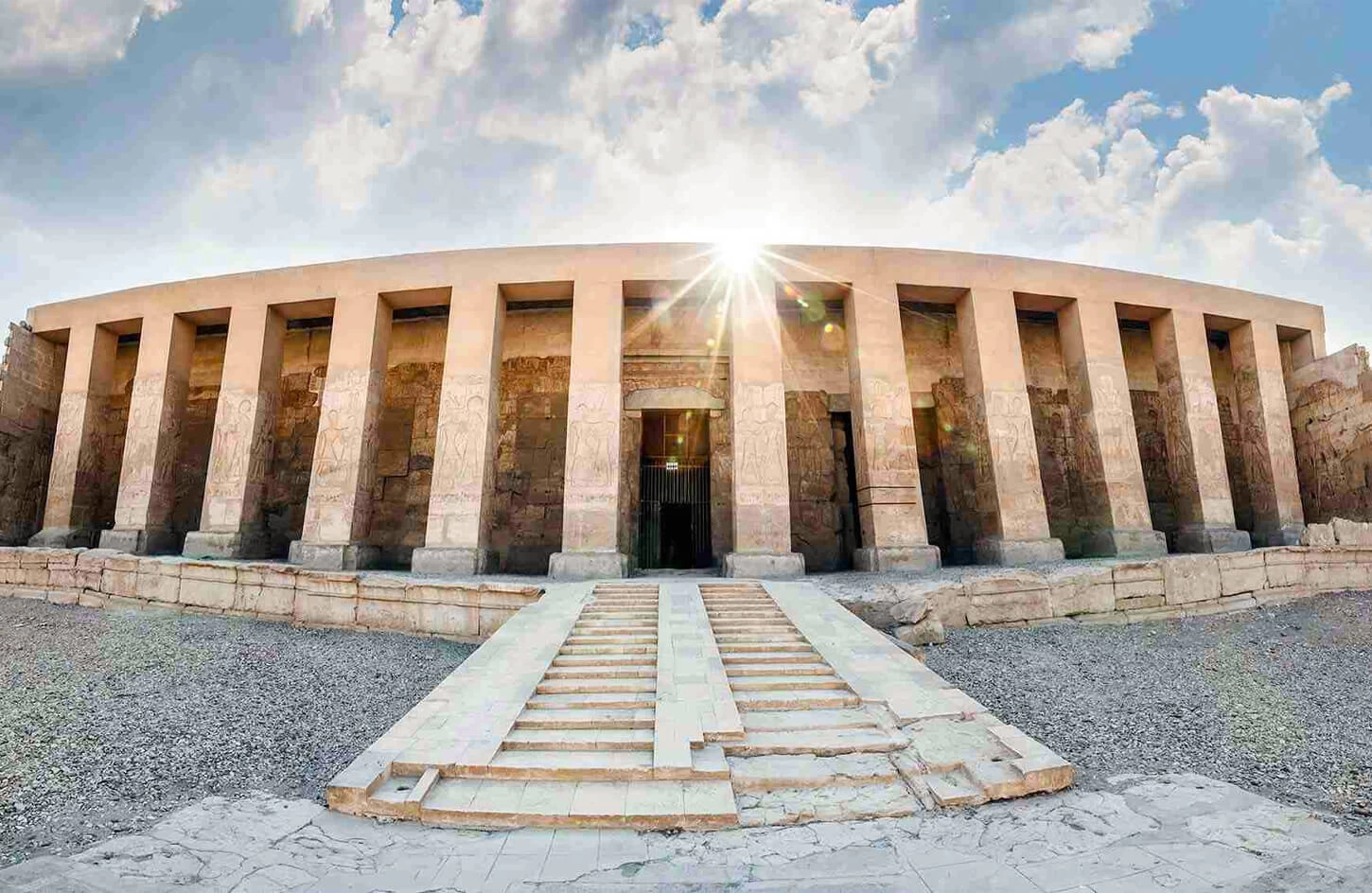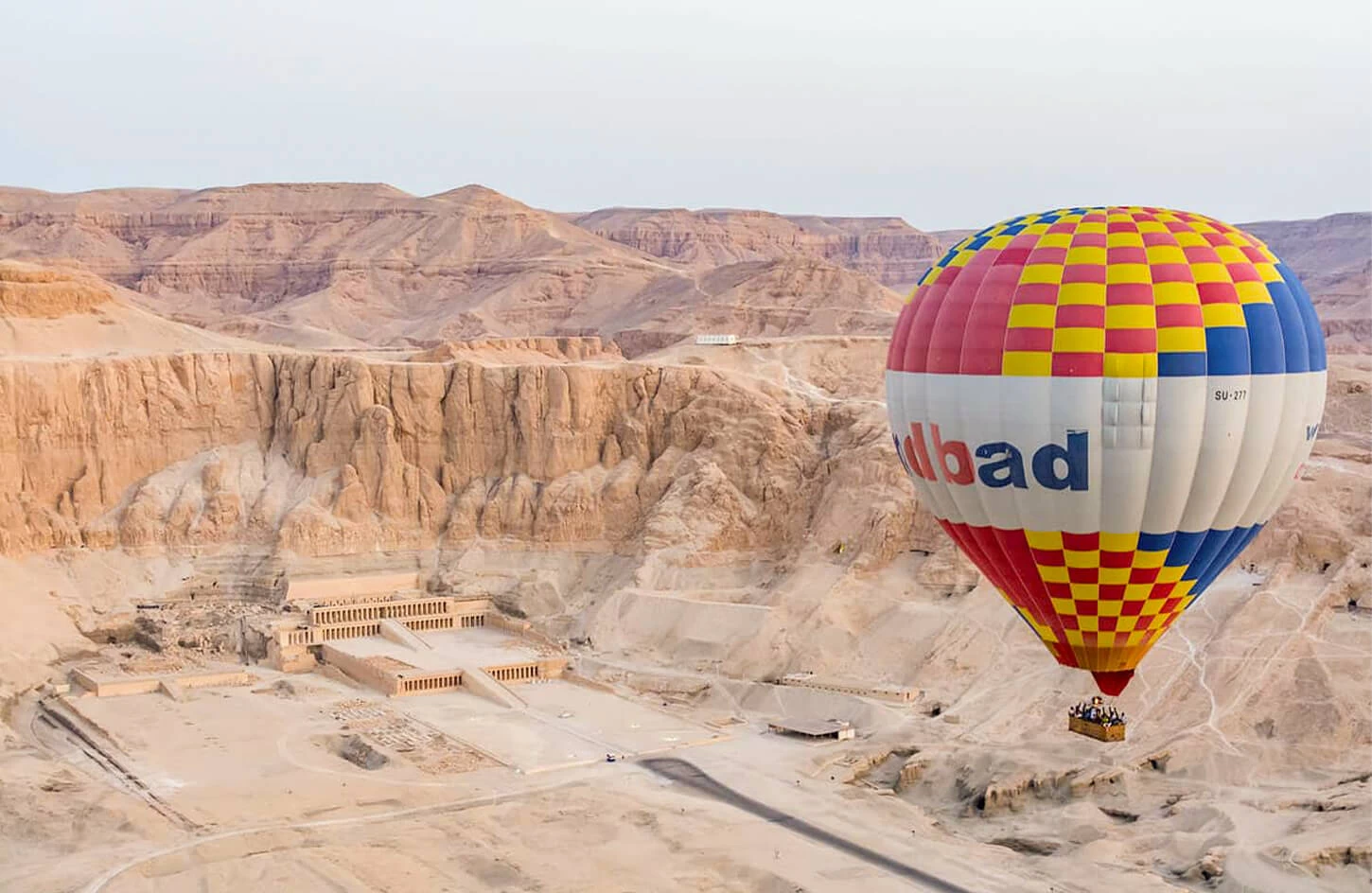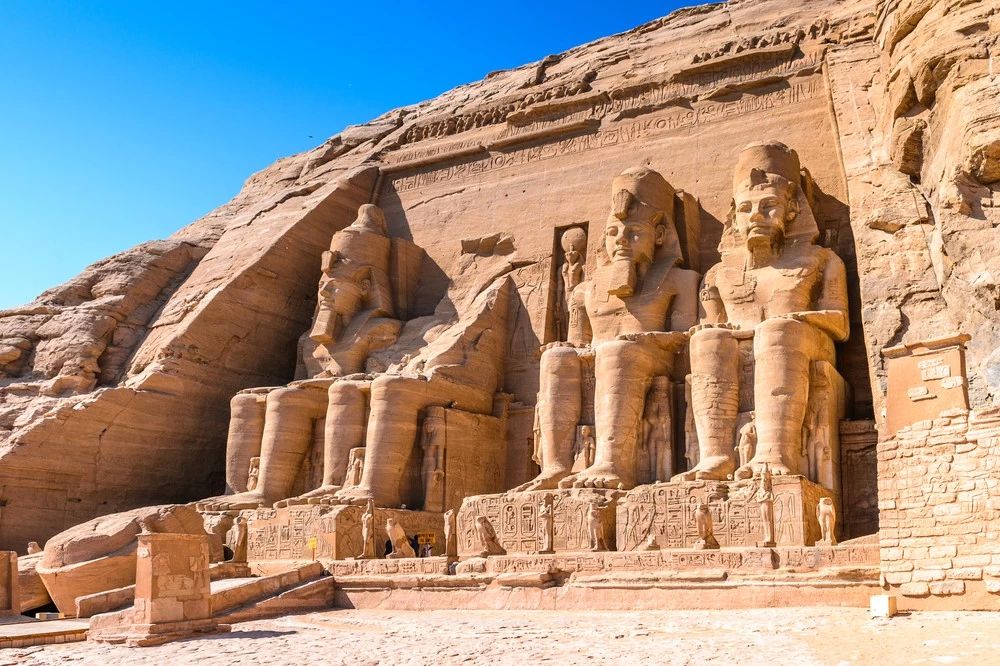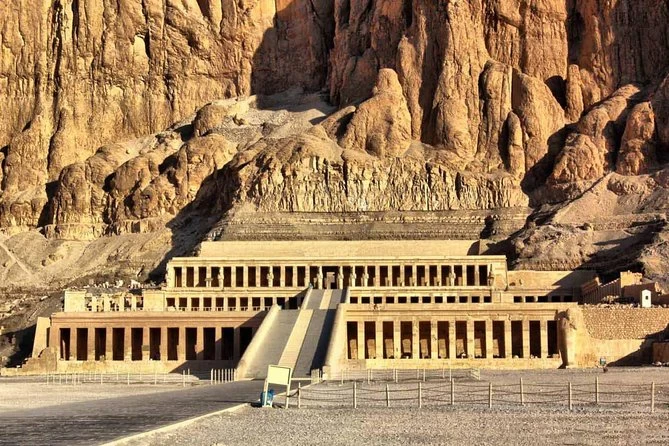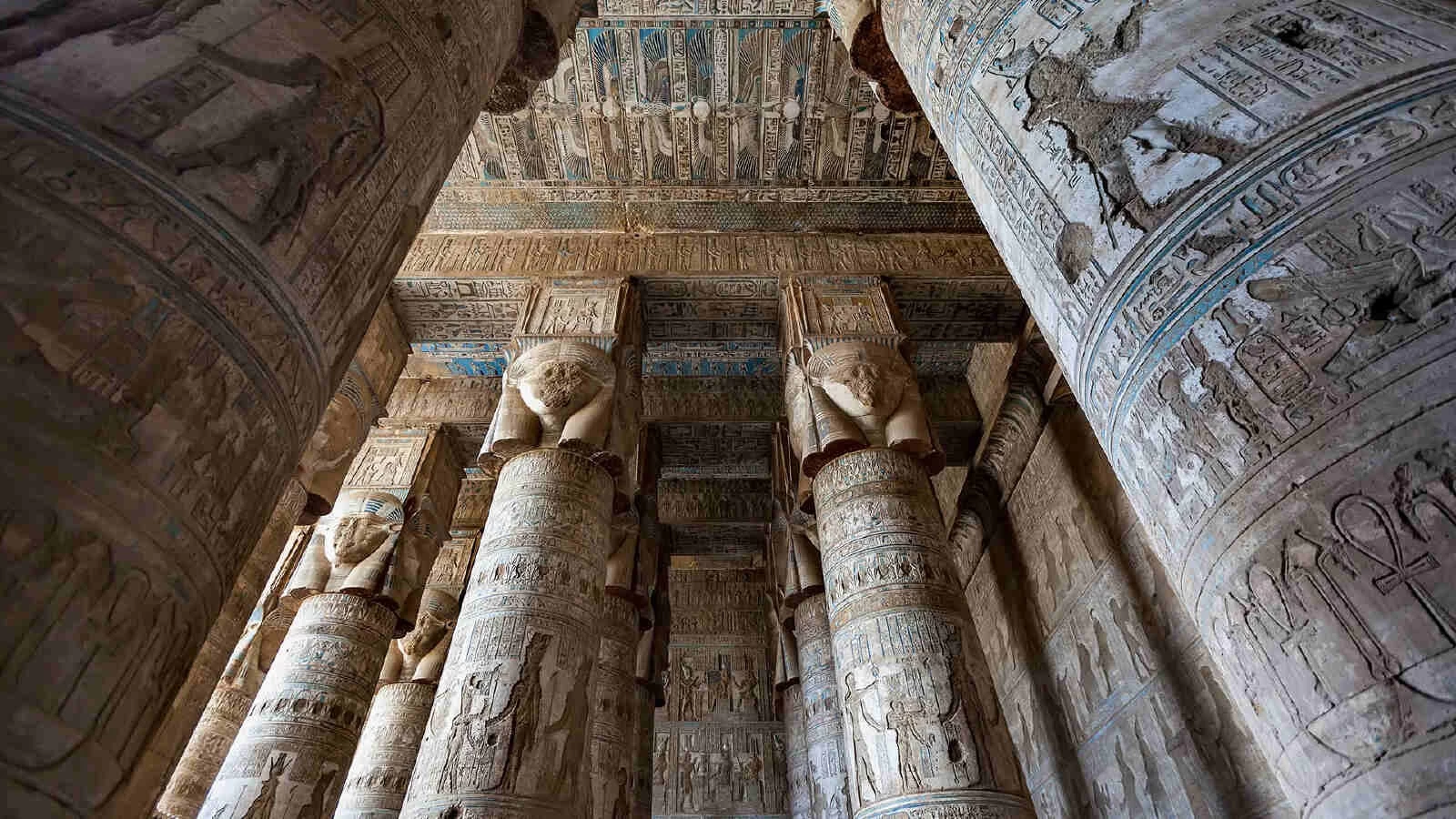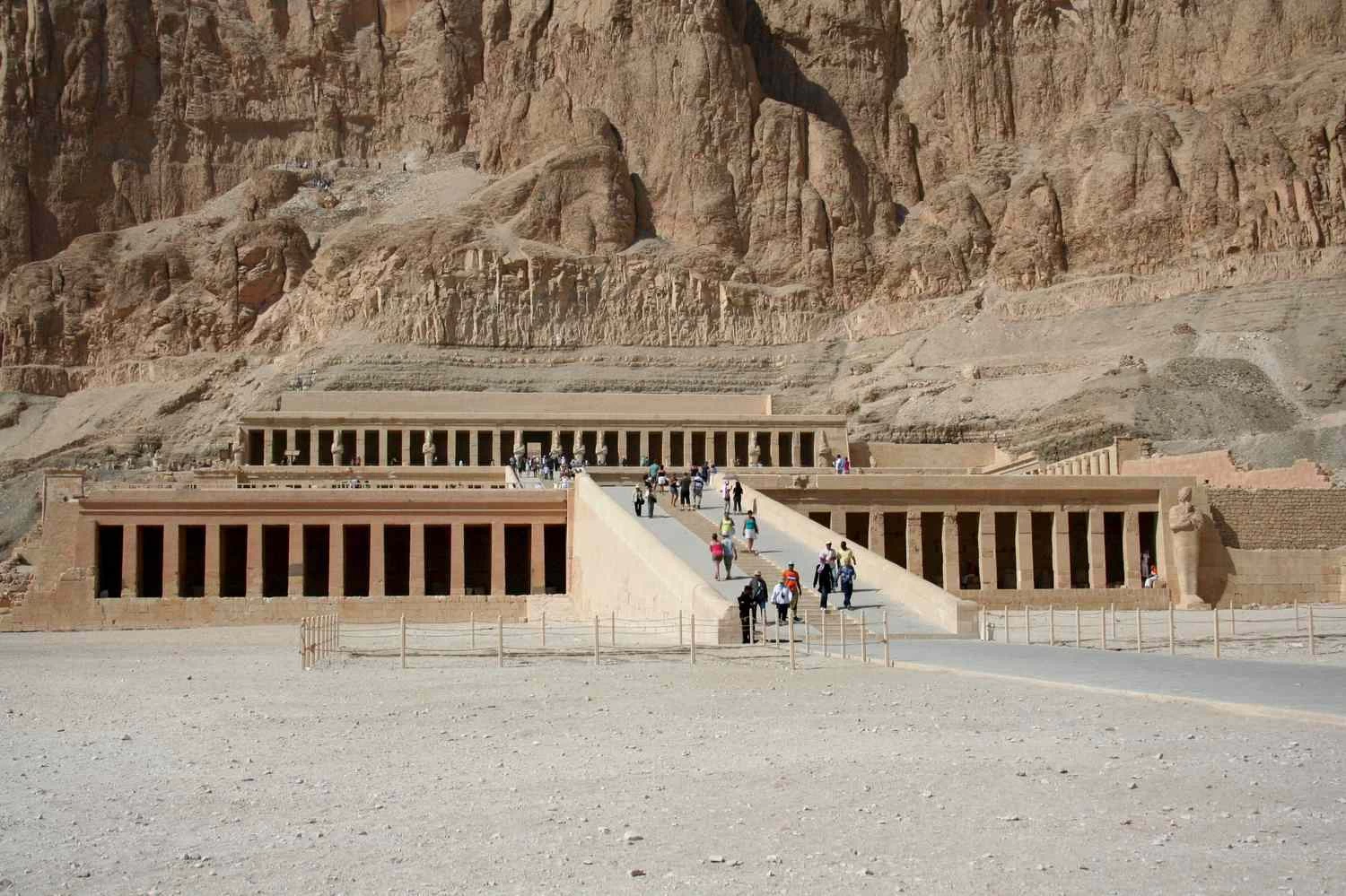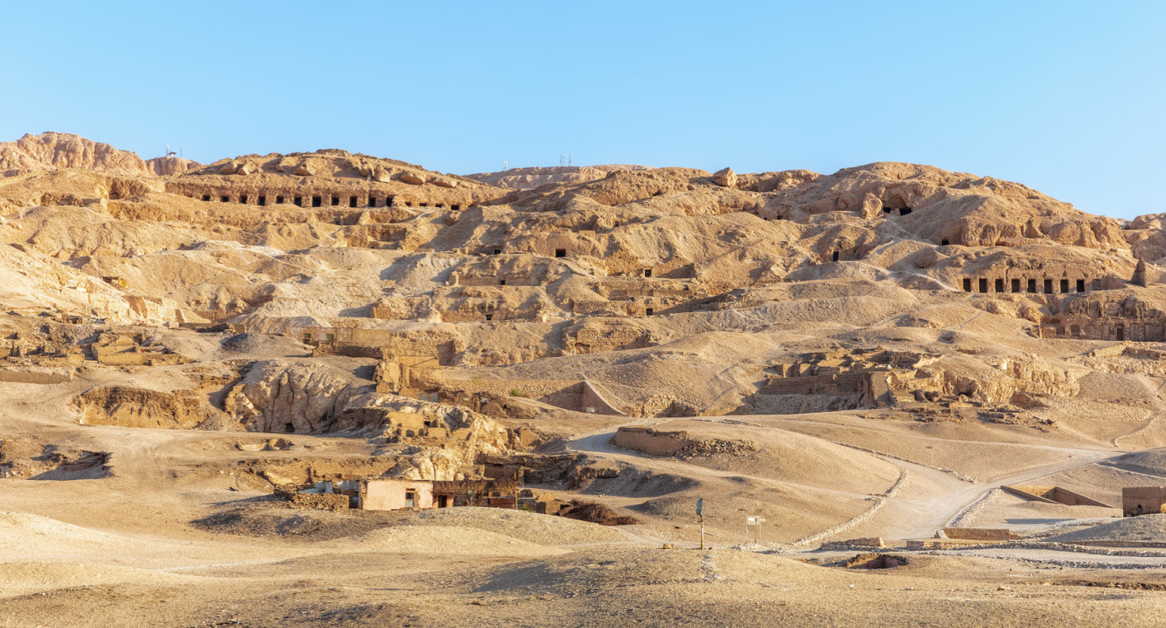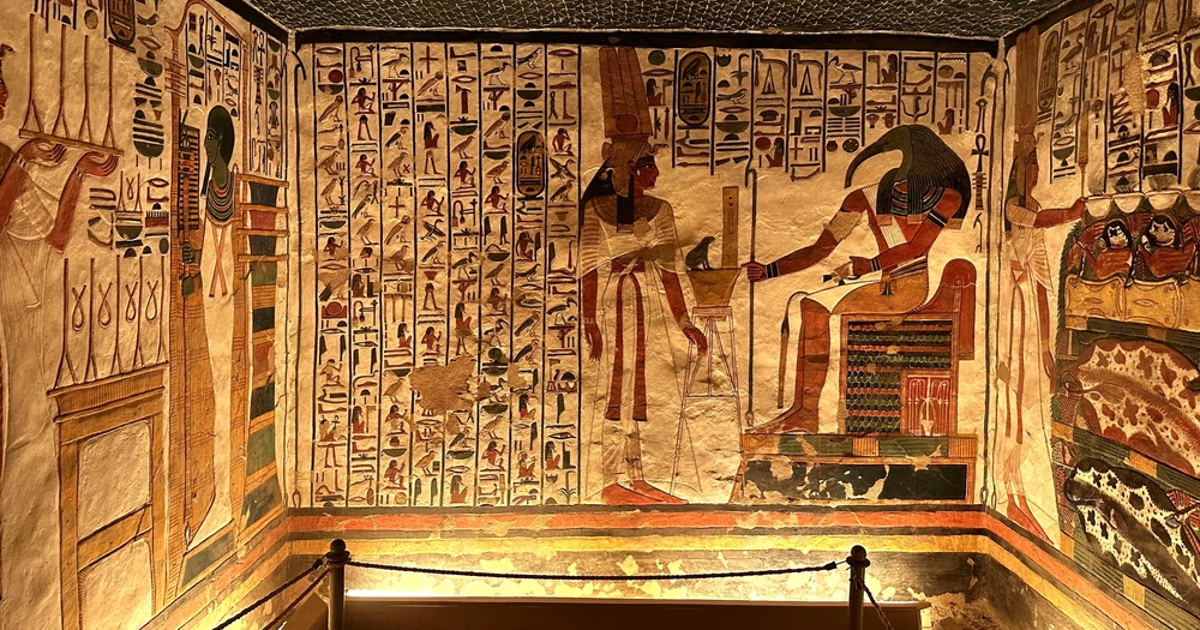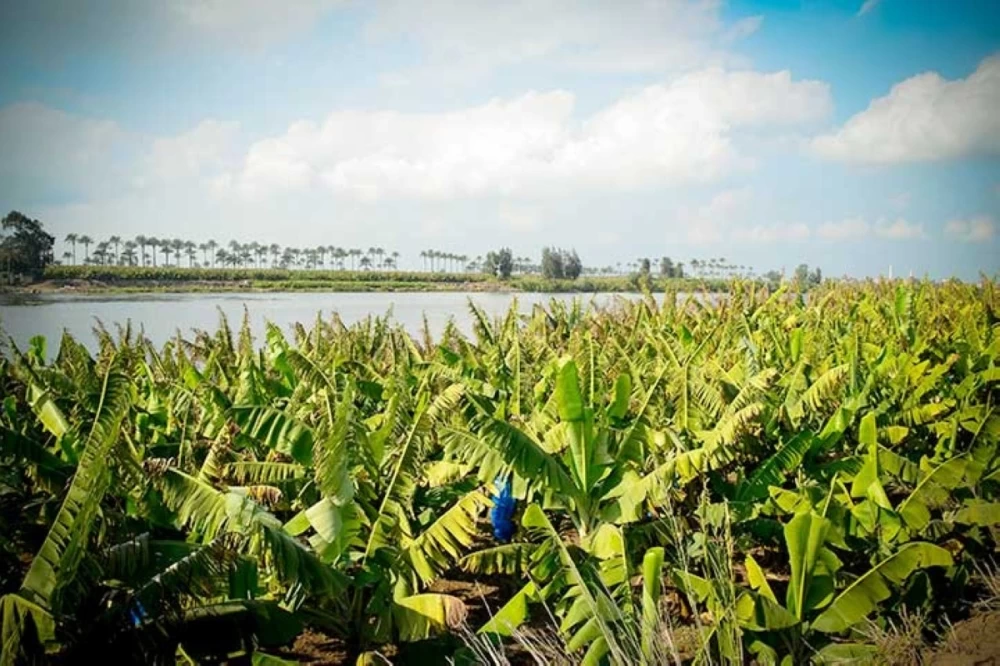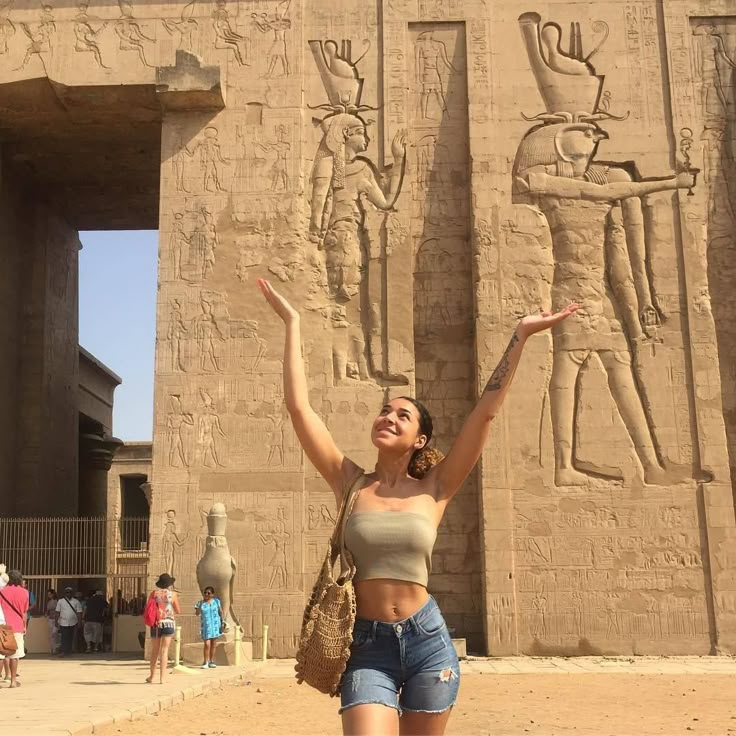Discover the West Bank : Top Luxor Monuments
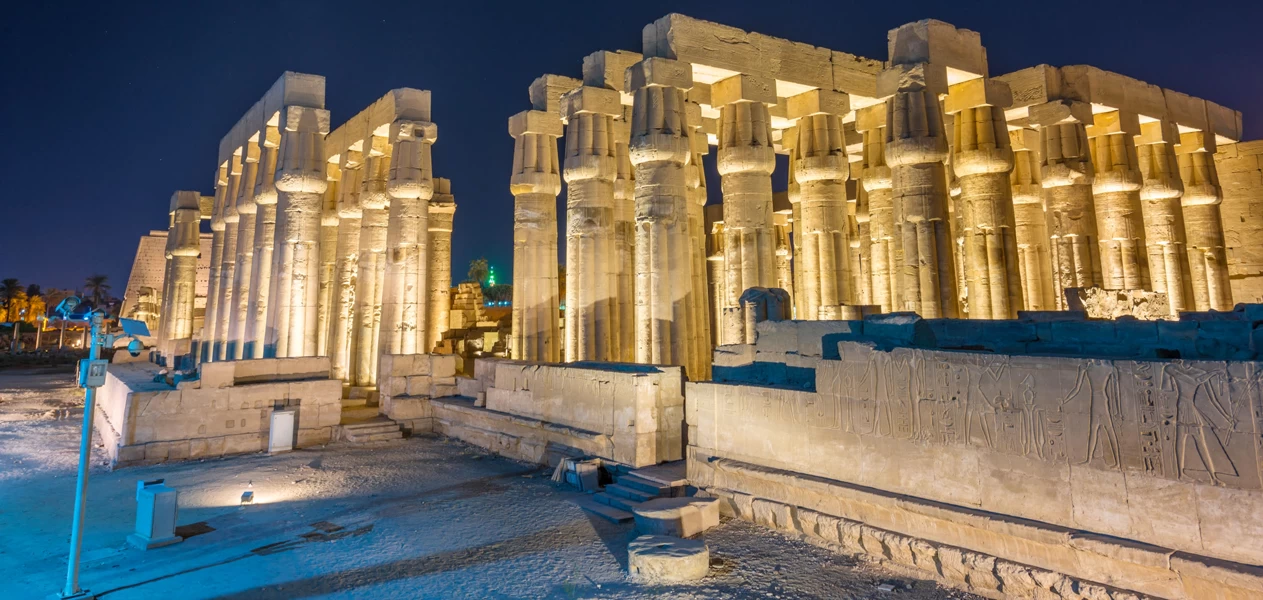
Brief about the West Bank
The West Bank of Luxor is one of the world's richest and most important archaeological zones. It is regarded as the spiritual core of ancient Egyptian rituals of death and reincarnation. Situated to the west of the Nile River, opposite the East Bank that was dedicated to life and worship, the West was considered an "underworld," owing to the ancient Egyptians associating the sun's setting with death and the entry into the afterlife.
For more than 3,500 years, during the New Kingdom—the 18th and 19th dynasties—the pharaohs chose this land to build tombs far from the eyes of tomb raiders and worldly distractions. Here they established the Valley of the Kings, which was followed by the Valley of the Queens and Tombs of the Nobles, and their grand mortuary temples in which they could never be forgotten — Temple of Hatshepsut, Medinet Habu, and Ramesseum. The West Bank, however, was not only a burial site but also a thriving community of craftsmen and artisans who constructed the tombs; cases in point are Deir el-Medina and the treasure trove of knowledge it offers about working-class daily life in ancient Egypt.
Any Luxor day trip or extended Luxor vacation must, of course, include the West Bank. Going into this area is almost a present for anybody on a short Luxor tour or a deep dive into the history of Upper Egypt, as the soul of this ancient civilization is rarely explored in this way. Because of this remarkable heritage, today the West Bank is like an open-air museum, displaying the ancient Egyptian architectural genius and thought, where the harsh nature mingles with sacred design, life, and glory in death.
The most important landmarks in the West Bank:
1. Valley of the Kings (Valley of the Kings)
The burial site of New Kingdom kings (18th through 20th Dynasties), such as Tutankhamun, Seti I, and Ramses II.
More than 60 tombs are known, but only 10-15 are open to the public.
Recent discovery: The tomb of Thutmose II, Luxor's first royal discovery since Tutankhamun's tomb.
2. Valley of the Queens (Valley of the Queens)
Tombs of pharaohs' wives, such as Nefertari, and some of their children. About 90 buried tombs, few of which are open to the public.
The tomb of Queen Nefertari (QV66) is famous for its colorful paintings; a special ticket is expensive (approximately 1400-2000 EGP, depending on the source).
3. Deir el-Bahari Temple (Deir el-Bahari)
A funerary temple of Hatshepsut and Mentuhotep II, consisting of hybrid terraces carved into the rock of the mountain, side by side.
The entrance fee is about 160-360 pounds, depending on the source and time.
4. Temple of Mentuhtep III - The Ramsesium and the statue of Memnon
The Ramsesium: The funerary temple of Ramses II, which includes parts of his signature giant statue.
Colossi of Memnon: Giant statues of Amenhotep III, free of charge, and great viewing at dawn sometimes.
5. Medinet Habu (Medinet Habu)
Medinet Habu is a huge and excellently preserved temple of Ramesses III, whose walls tell of his victories in the War of the Two Seas, and includes an entire city-like complex.
The entrance ticket is about 100-220 pounds.
6. Tombs of the Nobles
These are the tombs of high-ranking officials of the New Kingdom located in the areas of Gourna, El-Khokha, and Asasif. They contain beautiful depictions of daily life and the nobility.
The tombs are usually accessed by ticket numbers; tickets range from 40 to 60 Egyptian pounds per group.
7. Deir el-Medina (Valley of the Artisans)
This was the village where the craftsmen who built the tombs of the queens lived. It includes their tombs and a temple dedicated to the goddess Hathor, along with statues and sculptures related to the Final Judgment.
A combined ticket with the Valley of the Kings is typically available, with an additional ticket (~30 EGP) needed to visit the tombs of Pashedu, Sennedjem, or Ipy.
8. Old Tombs at El-Tarif
Excavations of Middle Kingdom tombs and early dynasty graves in the El-Tarif area north of the Valley of the Kings. These are among the earliest “Saff” tombs of the Intef dynasty, including tombs of Intef I – III and other local nobles.
9. Thoth Hill
A unique site from the Predynastic period and the ruins of the Horus temple from the 11th Dynasty. It contains the oldest known altars in Thebes and is located about 3 km north of the Valley of the Kings on the West Bank.
10. Temple of Deir el-Shelwit
A temple dedicated to Isis from the Hellenistic-Roman period, located less than 4 km south of the Valley of the Kings. It features well-preserved interior carvings and a rare statue in a small courtyard on the West Bank.
11. Dig Houses (Carter House and Others)
Homes of archaeologists, such as Howard Carter’s house and those of famous inspectors. Some have been converted into small museums displaying the history of discoveries and early Egyptologists, including Wilkinson House, Bayt Madinah, and others.
12. Recent Archaeological Discoveries: Dra Abu al-Naga
Three newly discovered tombs belonging to officials from the Ramesside period: Amun-em-Ipet, Baki, and “S,” featuring distinctive inscriptions and architectural structures.
Additionally, a Middle Kingdom tomb was found in southern Asasif containing 11 burials with personal items, mirrors, and wooden inscriptions.
Best Luxor Day Tour Plan to Explore the West Bank:
If you are planning a trip to Luxor, then a day tour to the West Bank is a must to experience the heart of ancient Egyptian history. This carefully designed tour itinerary covers the most famous tombs, temples, and archaeological sites so as to get the best of your day.
Morning
1. Valley of the Kings
Begin your day in Luxor with a trip to the much-famous Valley of the Kings. Here you can visit the tombs of famous pharaohs like Tutankhamun and Ramses II. This will be an excellent introduction to the traditions behind the burial of the royals in ancient Egypt.
Estimated Time: 2 hours
2. Valley of the Queens
Afterward, you go to the nearby Valley of the Queens, where the queens and royal children were laid to rest. Do not miss the fabulous tomb of Queen Nefertari (requires an additional ticket).
Estimated Time: 1 hour
Midday
3. Tombs of the Nobles
The tour then takes you onward to the Tombs of the Nobles at Gourna, El-Khokha, and Asasif. These tombs are inked up with the favored stay of daily life, making it more colorful to understand ancient Egyptian society.
Estimated Time: 1 hour
4. Deir el-Medina
Explore the artisan village where the workers who built the royal tombs lived. The site includes homes, tombs, and a temple dedicated to Hathor, adding depth to your Luxor day tour experience.
Estimated Time: 1 hour
Afternoon
5. Medinet Habu
The late mortuary temple for Ramses III, famous for victory reliefs and monumental architecture.
Estimated Time: 1 hour
6. Temple of Hatshepsut
End your day in Luxor with a visit to the Temple of Hatshepsut at Deir el-Bahari, which has a really interesting history and architecture.
Estimated Time: 45 minutes
Optional Stops If Time Is On Your Side
Ramesseum: Mortuary temple for Ramses II (30-45 minutes)
El-Tarif Tombs: Middle Kingdom necropolis (30 minutes)
Deir el-Shelwit: Hellenistic temple to Isis (30 minutes)
Dig Houses: Archaeologists’ homes turned into small museums (20-30 minutes)
Tips for Your Luxor Day Tour:
- Hire private transport or join a guided tour of Luxor for a quicker site hop.
- Buy combined tickets where possible, and book special tomb tickets ahead.
- Start early to beat the crowds and the heat at midday during your Luxor visit.
- Comfortable footwear and sun protection are recommended.
